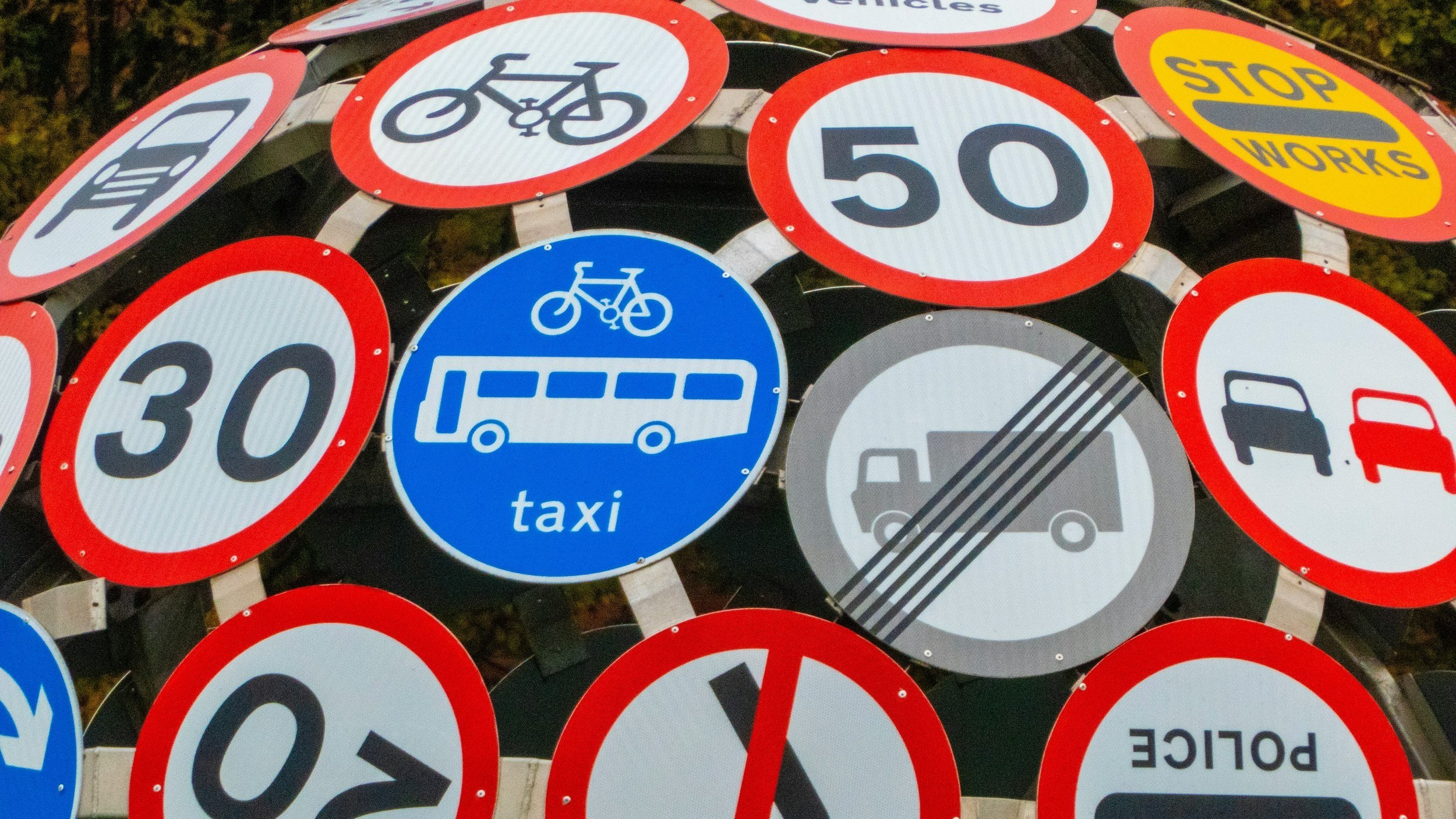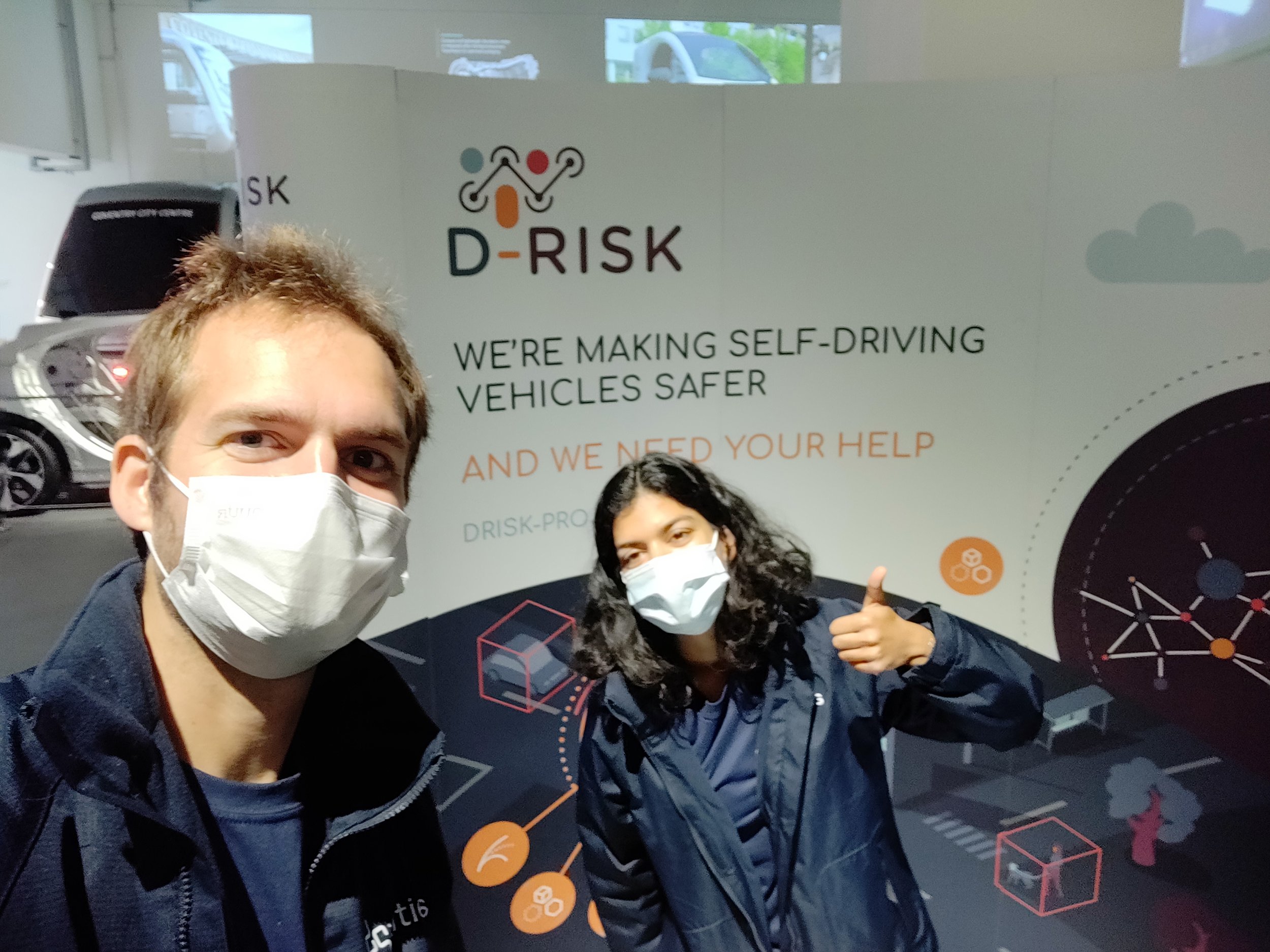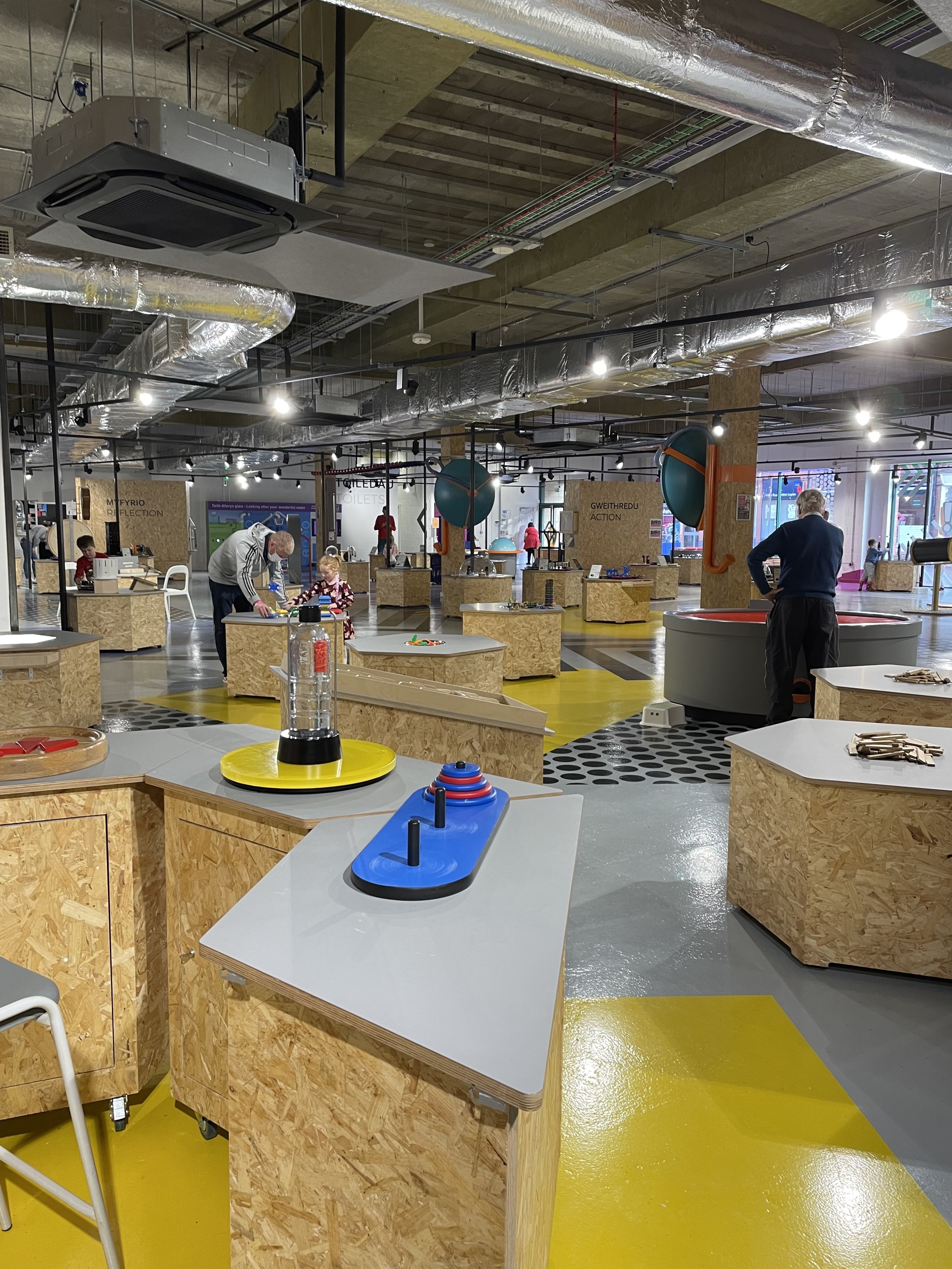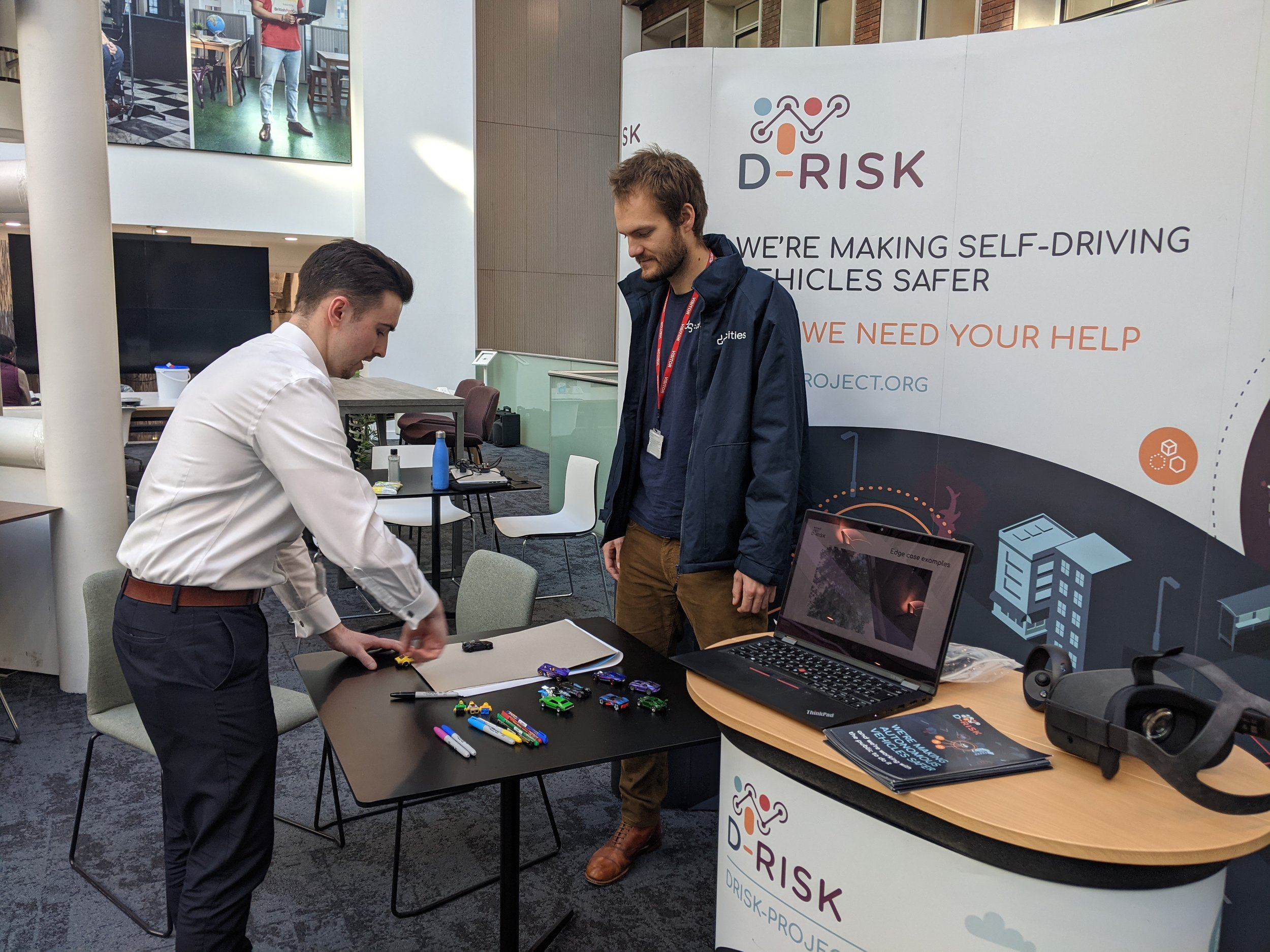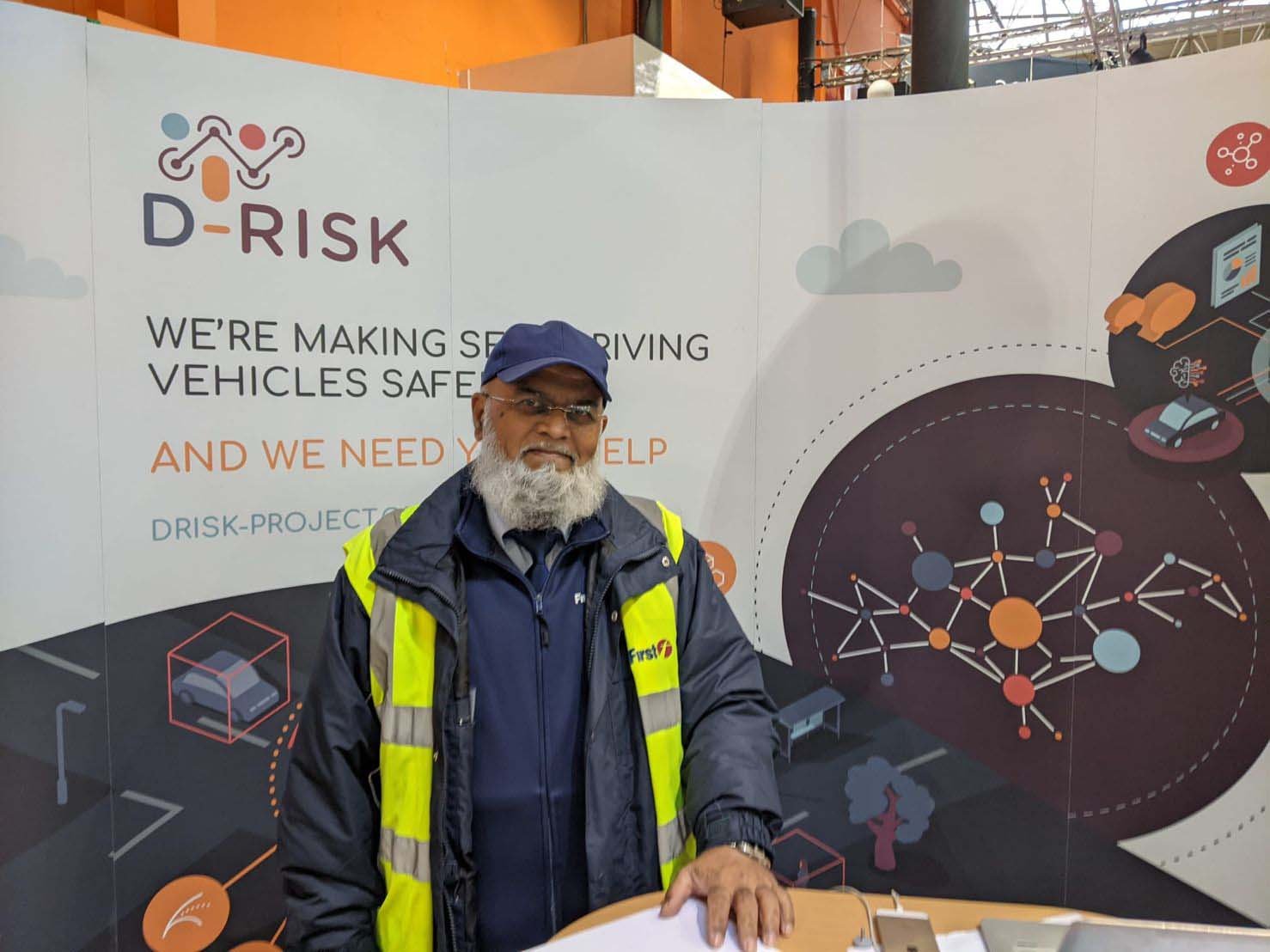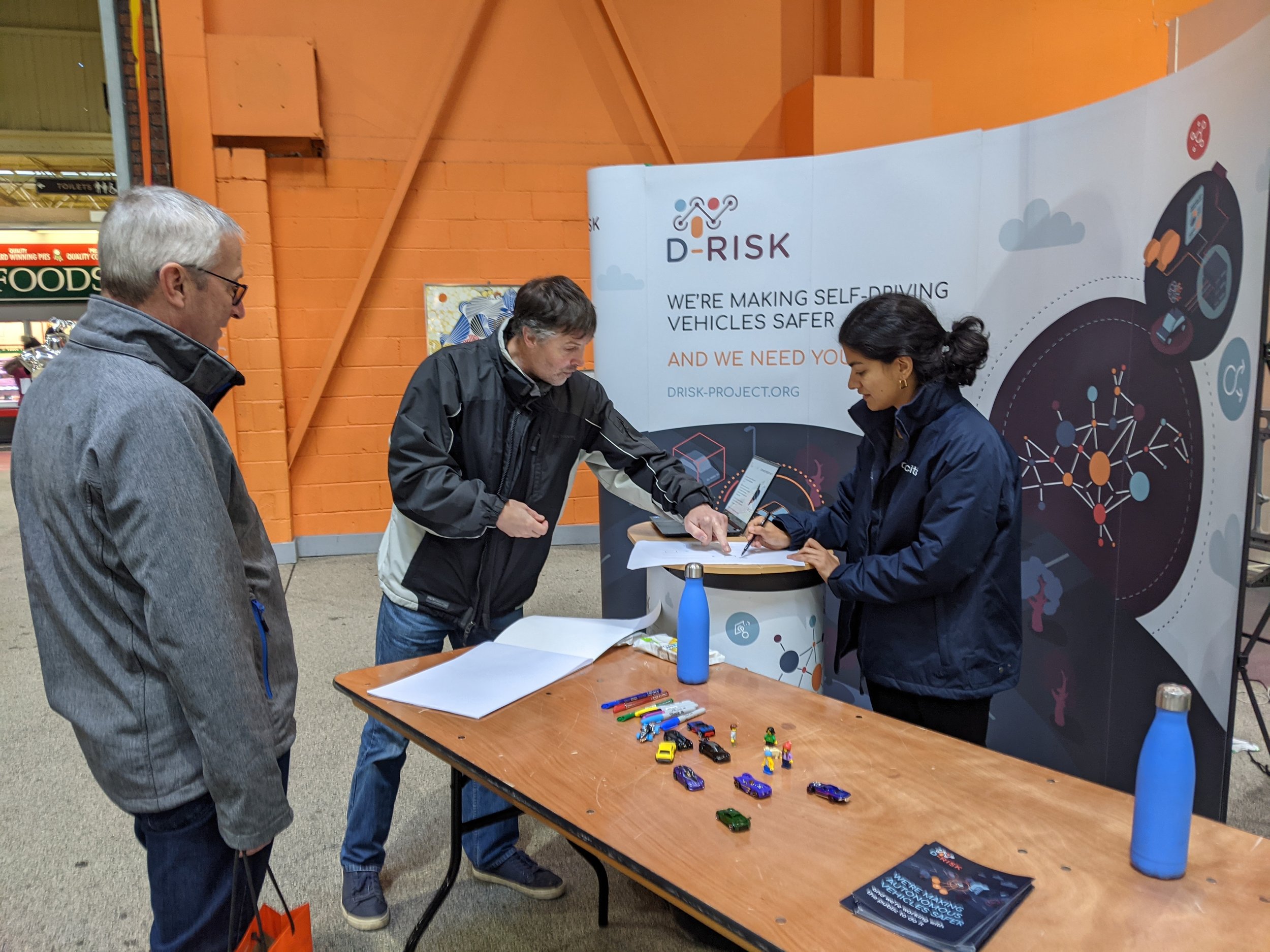For the Building Centre’s Retrofit exhibition and seminar series, Director of Innovation & Net Zero, Balazs Csuvar took part in a discussion on the role of data in delivering decarbonisation at scale. In it, he introduced DG Cities’ home-by-home plan, designed to help local authorities use and consolidate data to streamline and better target and prioritise buildings. Here, he gives a little more detail on how the plan works and the benefits of a neighbourhood-level approach.
The net zero journey for housing providers is likely one of the most complex technical, organisational and financial challenges many of them have ever faced. Especially as it comes on top of their existing pressures to provide safe and comfortable homes for all their residents, navigating a time of rapid inflation of costs and shrinking budgets.
What net zero really means for councils also presents its own challenge, especially when it comes to defining what a housing provider can influence. For most, it would include direct and indirect emissions (due to heating, hot water, electricity use) and embodied emissions (carbon emitted through the production of materials, their transport and works associated with them). But there are many stages in this process and influences over which the local authority has no control.
There is, however, something we can agree on – there needs to be a plan. DG Cities has been working closely with a London council to develop a process that provides a housing provider with a detailed, practical, actionable plan that considers not only net zero, but also all the other requirements faced by a provider. We call it a home-by-home plan.
The objective of the home-by-home plan is to define which improvement works have to happen for each home, when, and how much they might cost. This is a simple sounding goal, but something that most providers with stocks of tens of thousands of homes do not currently come close to. We believe that part of the solution lies in the effective application and harnessing of data.
Data
Like most projects, putting this plan together starts with data collection. There is a need to develop a deep understanding of the housing stock to help with the prioritisation and selection of work at a home-by-home level.
We focus on using all the existing data held by housing providers. These datasets usually consist of stock condition data, housing repair data, EPC data, rent data, compliance data, tenant satisfaction data, and any other datasets that a provider collects. A level of data cleaning is then required to correct any anomalies and identify which datasets can be used reliably.
Once the data is cleaned, we work to set a number of key work types that will be required to improve the housing stock. This list includes interventions like window replacement, roof repair, or installing insulation. We then use the datasets that describe the stock to determine which properties need which works by establishing a number of rules. An example might be that a property that has had ‘X’ roof leaks over a period, has a poor EPC rating and has a poor stock condition rating, so gets classified as a property due for urgent roof repair. Meanwhile, one where none or only one of these conditions applies would be scheduled for repair across a longer timescale. Provider priorities can be used to adjust the rules using sensitivity analysis.
These rules allow us to prioritise works across the housing stock using a traffic-light system, highlighting the urgency of specific repair works.
Plan
Once priorities for individual works are set, it becomes possible to determine which projects (a project being defined as one or more works at a single property) need to happen at each home. This can be done by combining certain works that provide efficiencies when completed together, minimising both disruption to residents and mobilisation costs for the housing provider. This step allows us to determine year-by-year projects per home.
Further coordination is involved when determining programmes at the scale of a large building or estate. Some works cannot be completed at a home-by-home level (say external insulation of blocks, lateral main replacements, lift upgrade, etc.). In these instances, works to an individual home need to be aligned with other works required at the block level, to create a coordinated programme for the building or overall estate.
Finally, to ensure full alignment with wider council priorities, it is possible to package a number of work programmes together to provide further community benefits. Larger programmes of work delivered in a single neighbourhood can significantly improve the quality of the built environment, therefore raising living standards not only through home improvement, but through additional works in the area as well. Working with local businesses, stakeholders, contractor social value contributions and the communities themselves can give a boost to an area, as a great side-benefit of retrofit programmes.
All of these have to be aligned to available budgets and resource availability, and balanced against current costs spent on repairs and expected rent revenues from tenants. Where the cost benefit analysis becomes really unequal, a consideration can be made to estate regeneration.
Delivery
The last phase of the project is to manage a data flow during delivery and beyond. It’s an iterative, long-term process and it’s essential to have up-to-date data on the progress of retrofit works. This can help to capture progress towards net zero and other goals, keep the analysis live and overall targets on track. If the analysis is built correctly, any changes that happen across the stock (upgrades or deterioration) can be picked up, and changes to the home-by-home plan can then be made.
Monitoring needs to be put in place to oversee any such changes at the portfolio level, but ongoing monitoring can also be considered at a micro level, as part of the upgrade works. IoT sensors can be installed to collect condition information from homes, either to understand damp and mould risk or to assess energy use from shared heating systems. Real-time data can be used to inform the analysis, and work towards replacing more static data gathering, like patchy and outdated stock condition surveys.
Based on new data, emerging priorities or changing financial situations, the home-by-home plan is highly flexible. It can be reprioritised to help to plan short-term contractor mobilisation, medium-term budget requests and long-term strategic decisions related to housing stock.











